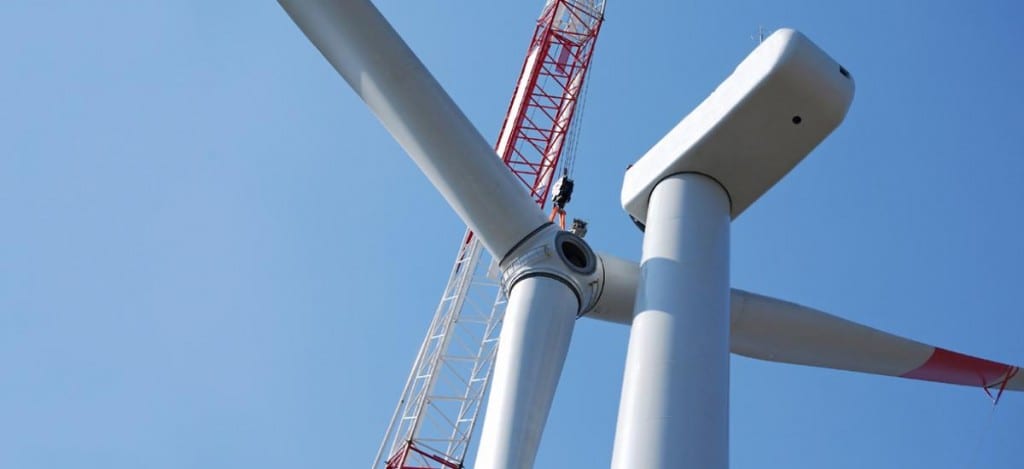The Clean Energy Regulator has confirmed that four of the biggest retailers in the country – Alinta, Snowy Hydro’s Red and Lumo Energy, Engie’s Simply Energy and EnergyAustralia – head the list of companies failing to meet their renewable energy target obligations in 2018.
The list – which also includes Perth Energy and others – was released by the CER late Friday as part of its audit of the efforts made by obligated parties to meet the stepping stones of the RET, which aims to source 33,000 gigawatt-hours of renewables by 2020.
The shortfall – foreshadowed by RenewEconomy two weeks ago _ amounts to a total of $240 million, but the energy retailers will be able to make this up over the next three years, and will likely make huge profits doing so because of the anticipated continued decline in the price of certificates known as LGCs.
Under the legislation, the obligated parties have a “free pass” of up to 10 per cent of their targets. But anything more than 10 per cent incurs a so-called “penalty payment”, which is $65/MWh, or the equivalent of $93/MWh including tax considerations.
The CER once named and shamed parties, such as ERM, who failed to meet their targets and decided to pay the shortfall. Last year, however, the CER actively encouraged obligated parties and big retailers to pay their shortfall, given that the abundance of new wind and solar projects meant that the target would be easily met.
This transformed the RET from a tool primarily designed to encourage a transition to clean energy, into an additional market play-thing for the big utilities. Rather than pay prices of $60-$80/MWh, they chose to pay the penalty price, which is fully refundable.
The big utilities will make up the shortfall by buying LGCs at prices of around $20/MWh or below, which is where the futures market is pointing to. Alinta is using all of its obligations to play this game. The government-owned Snowy is using 96 per cent of its obligations to play this game, and may make a profit of $40 million by doing so.
That may sound fine, but there are losers in this process. First among them will be consumers, who continue to pay top dollar for “green energy” and for the cost of “renewable energy targets” in their electricity bills.
None of the big retailers have passed on the fall in the price of LGCs, now down to $40/MWh because of their market games, to any of their consumers. The CER hopes to see that happen this year.
Some wind and solar farms are also losers, particularly those that may have modelled – on the basis of the previous regulatory announcements – that the retailers would not leave a shortfall and the price of the LGCs would be higher.
This would affect those projects on “merchant” models – selling electricity and certificates at market prices – or those that may have factored in higher pricing in a “merchant window” before locking into a power purchase agreement, where LGCs are handed over to the off-taker, usually a big retailer, for effectively zero price.
And therein lies one of the problems with this market: it is dominated and controlled by the big retailers who are able to use almost all aspects of the markets, thanks to the rules they help develop, as playthings and profit centres.
Contracts such as PPAs for LGCs at minimal or zero cost have been in place for a while, but the details are never released. Still, most retailers pass on the “full” cost of the LGCs to consumers. Now they are invited by the regulator to game the market further, with no relief in sight for consumers.










